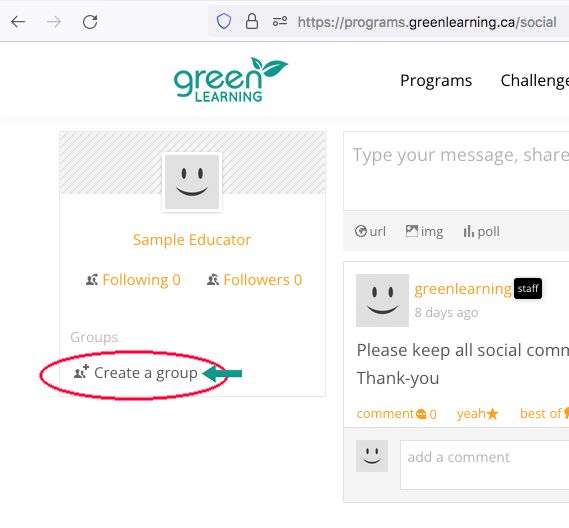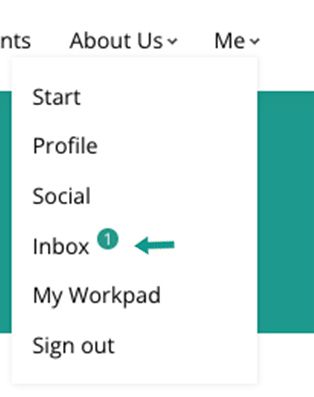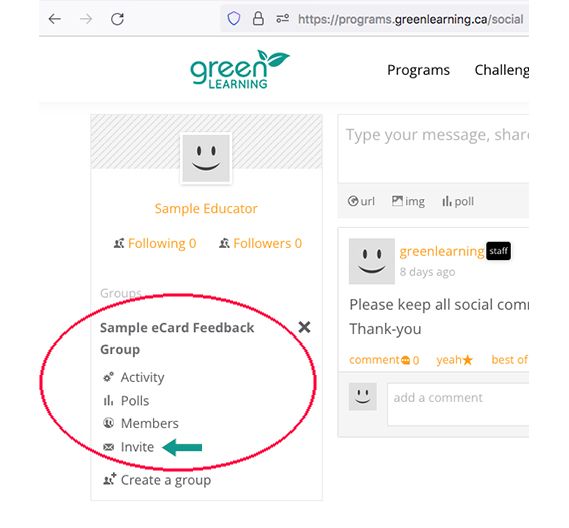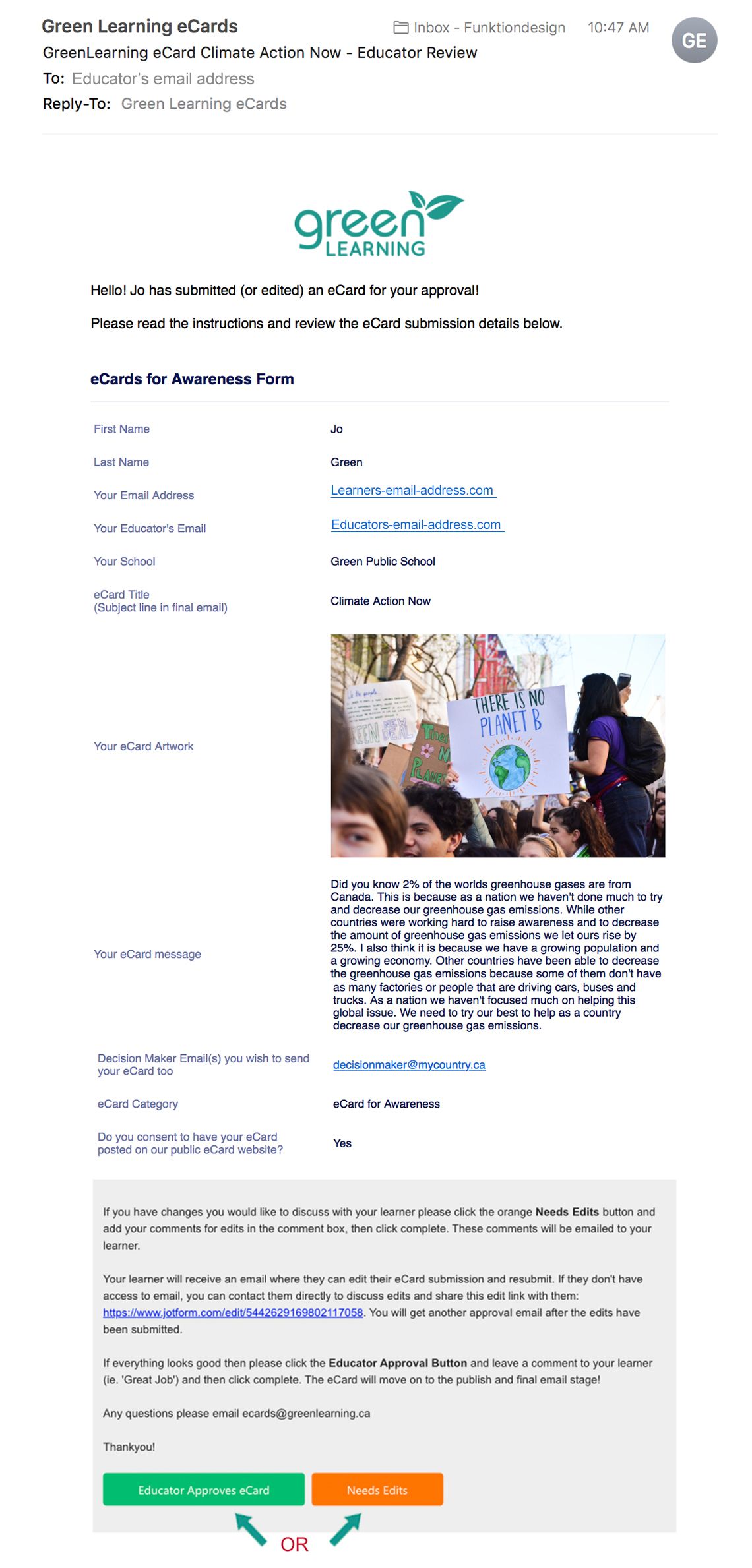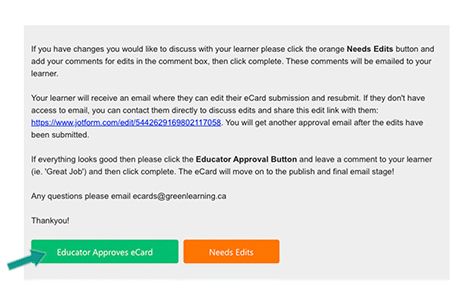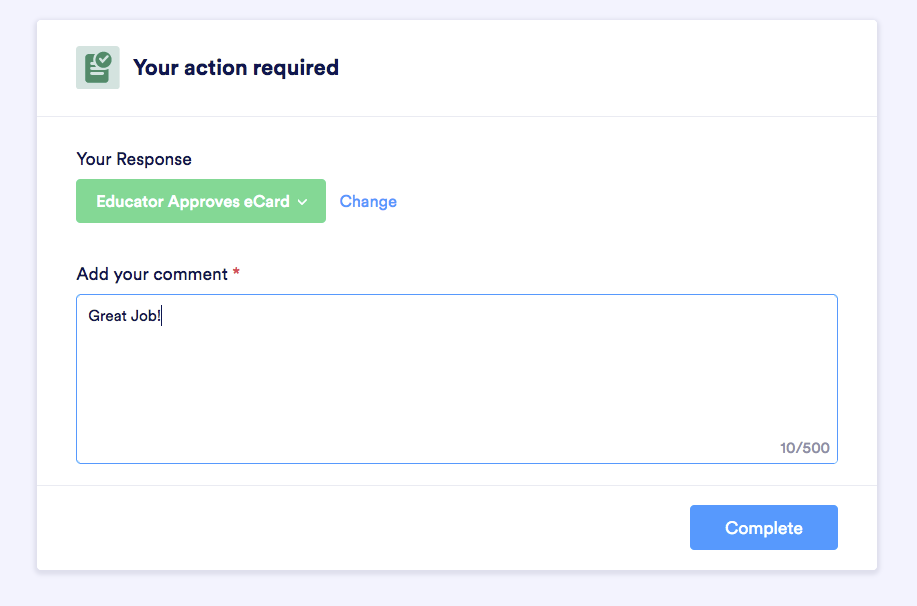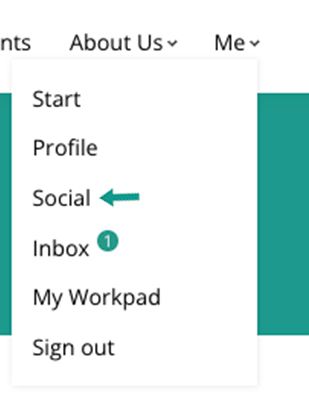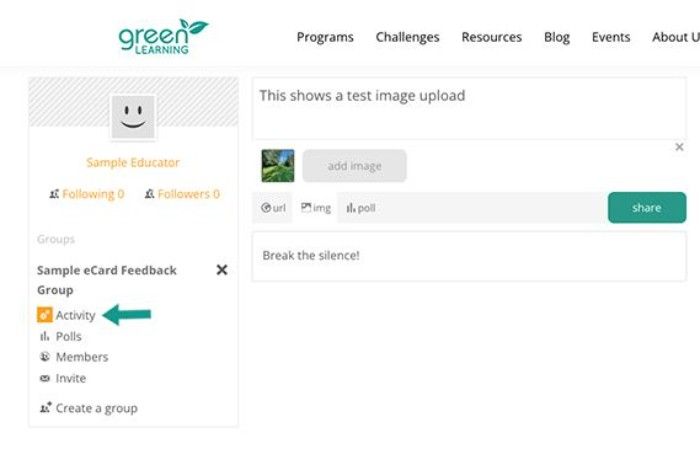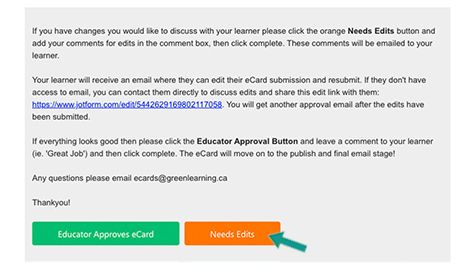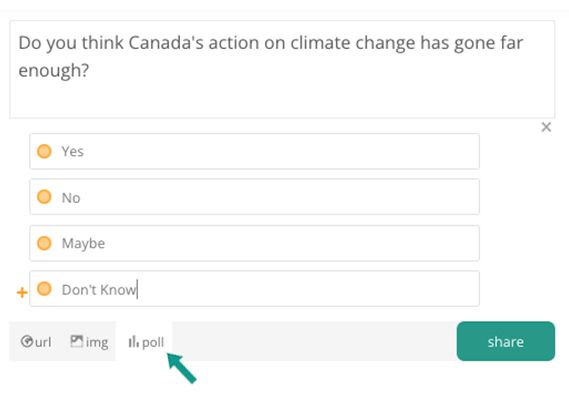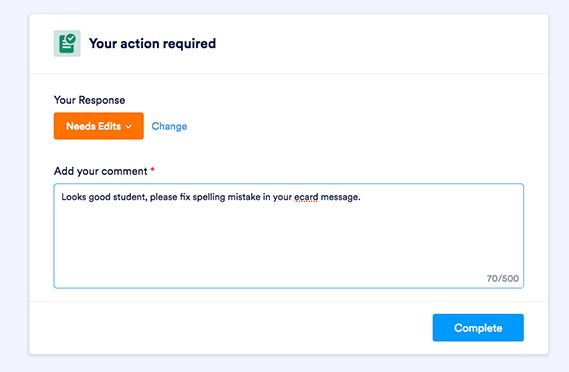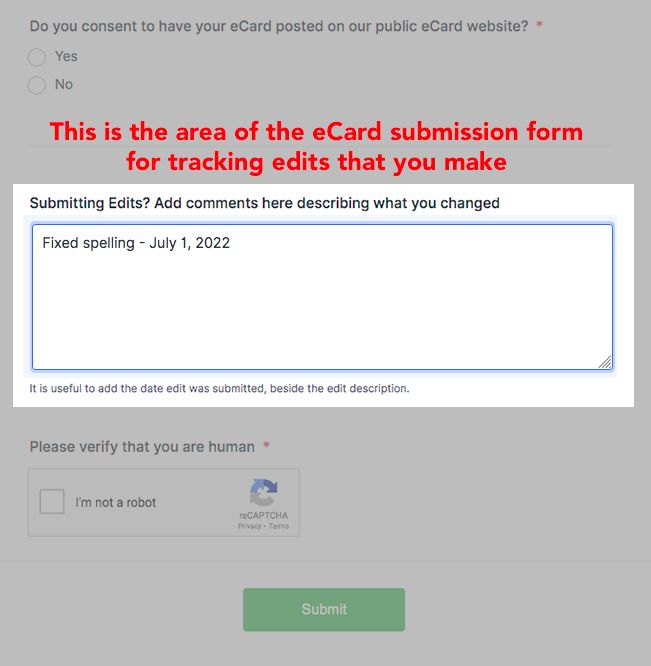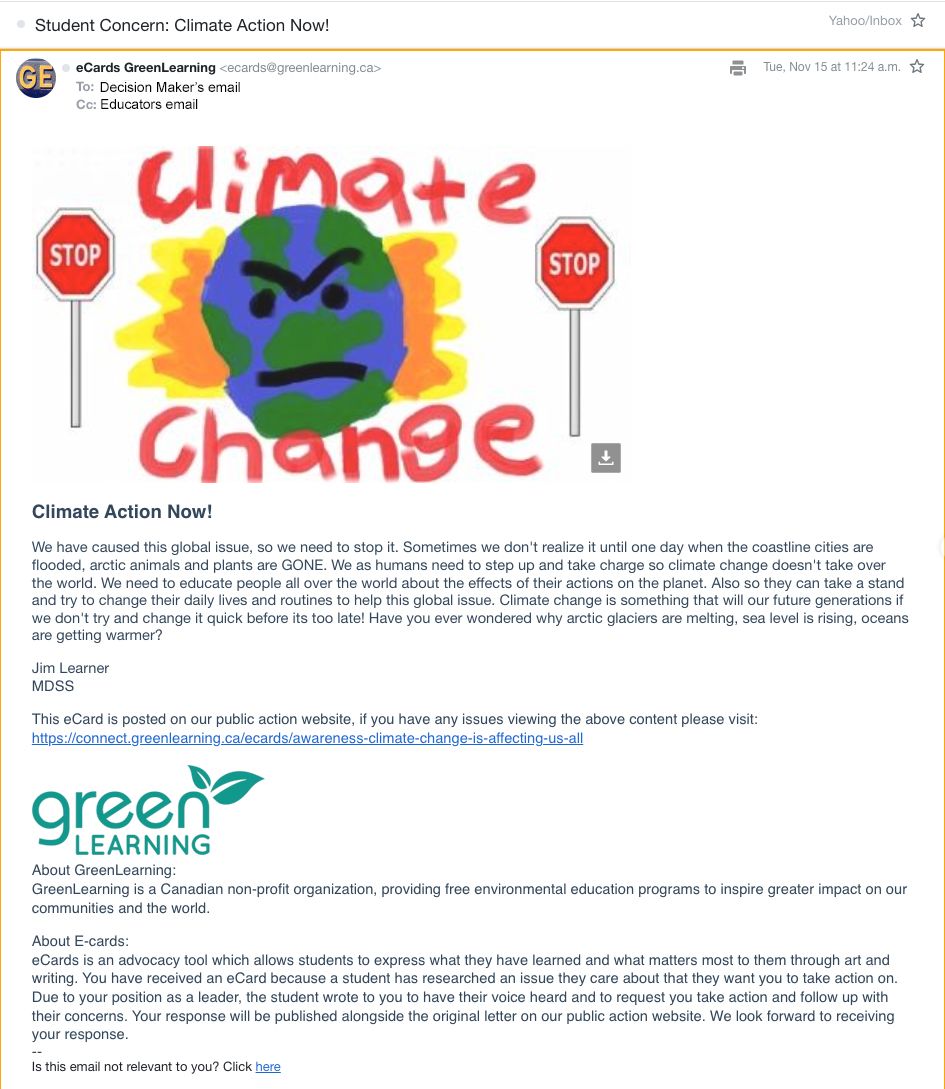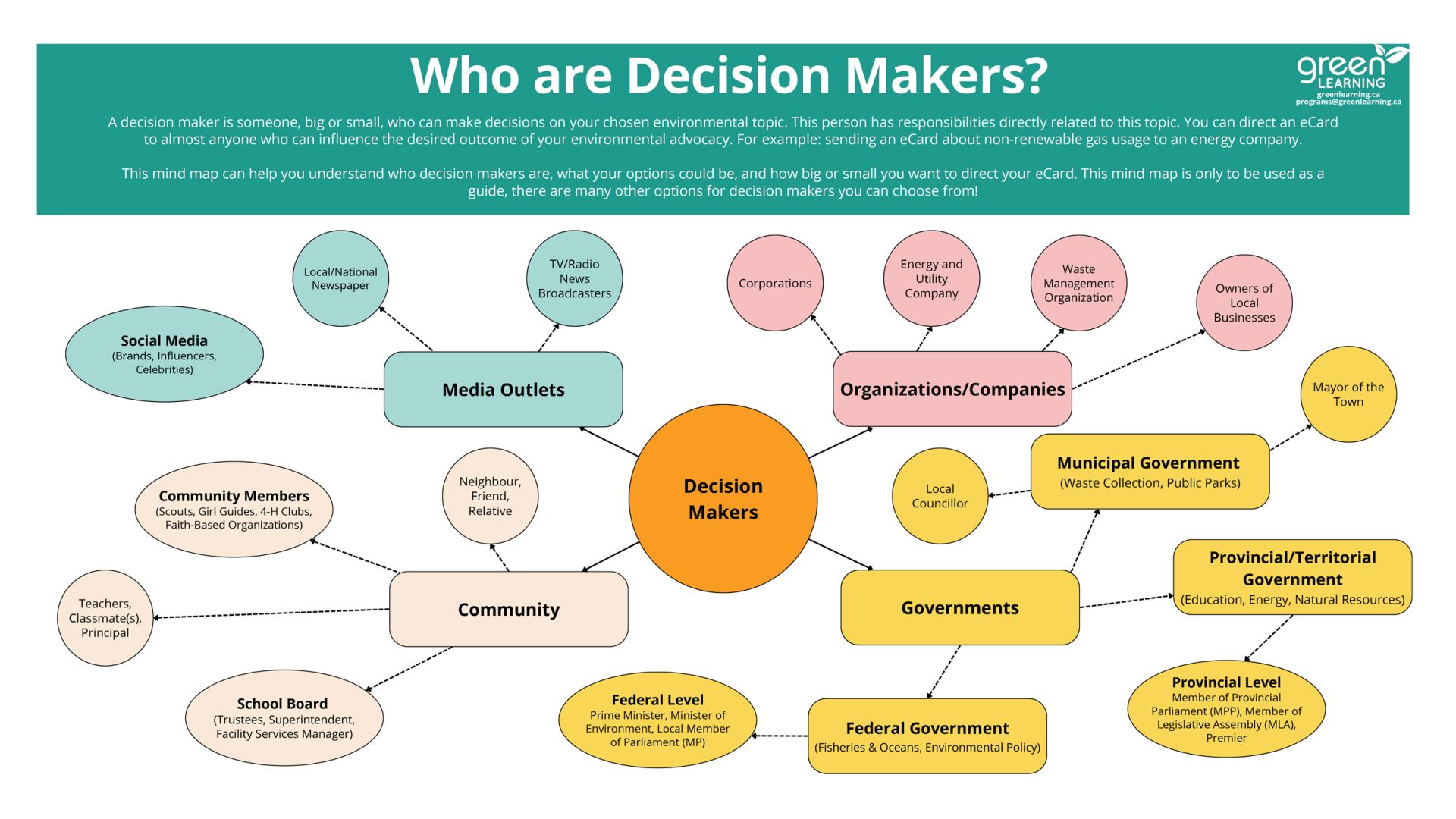Oven 1Our solar cooker is a box cooker but it has something to funnel the heat in. We had 2 boxes, one just a little smaller than the other. We put the smaller box into the larger one then put newspaper in the gap between the 2 boxes. Later we covered the inside of the smaller box with tinfoil. Then we made an open rectangular lid which funnels the heat in. We chose the design of the box because it would be able to funnel and trap heat in at the same time.
We have discovered how to trap heat and gain heat as it traps it. The tinfoil to reflect heat will make the particles move faster to make it warmer. The challenges we encountered was that our group didn't all work.
The fun part of our project was that we got to work together in a group.
Oven 2
At first we had a design copied off the Internet. We were going to use that at first but it was too hard, so we created a whole new design that was easier and looked like it was going to work. The model we built was a model we made up by our selves. After we built it, it did work and was effective.
Oven 3
We made a Solar Funnel Cooker. Here's the simple version of how it works: The reflector is shaped like a giant funnel, the shape of the funnel serves to reflect sun rays and gather them in the desired spot. You may have noticed that it works somewhat like the parabolic cooker, except that the sunlight is not concentrated to a single point at the bottom, instead it is concentrated along a line along the bottom, so it will not burn you even if you touch it. This is one of the major reasons why we chose to build a funnel cooker - because it's safer than a parabolic cooker. Also, this solar cooker just looked unique and stood out from the others while we were searching for which one to make.
While building a Solar Funnel Cooker, we encountered many challenges, which we managed (somehow) to overcome. The first of many was that we couldn't find a piece of cardboard big enough for the model. In the end, the solution was actually quite obvious and simple. We just put two pieces of cardboard together and voila, the first step of our Solar Funnel Cooker was complete. Another part where it was quite troublesome for us was when it seemed impossible to fold the cardboard into a funnel like the instructions told us to. Thank goodness our teacher taught us how to flatten it out and break the corrugation in the cardboard that way. It became a lot easier to fold after that!
It was interesting finding out how solar cookers worked. I never realized just how much we could utilize solar energy before this. During the researching phase of this project, we found out that this inexpensive yet effective solar cooker can be used for everyday cooking where electricity is not available and even fuel wood is getting scarce. The BYU (Brigham Young University) submitted a patent application for this invention, mainly to insure that no company would prevent the wide distribution of the Solar Funnel Cooker. They made no profit off of it, and I find that worth mentioning as well as simply amazing.
Oven 4
The project model that we chose is a solar box cooker. It is made up of two boxes and one is smaller than the other. Our group chose this design because we thought it was simple enough to build. We thought it might be better if it can cook from the inside and not out in the open.
We learned that when building our solar cooker we should always read all the instructions before starting to build. Therefore we wouldn't make any mistakes. We should also check that we have all the materials we need. There were a few challenges when building the box cooker. For example, we did not have all the materials needed so we had to improvize. We also needed to make sure that we cut straight lines and make sure that all the sides were the right measurements.
We liked gluing all the materials to the boxes and had fun cutting them to the right size. Working in a group also made the project go faster and more enjoyable. I think the most important thing that we learned was that to build a solar cooker, or any project for that matter, you must all get along in your group.
Oven 5
Model: Minimum box solar cooker, regular pizza box, main flap glued shut, extra box shell glued to bottom for extra insulation. Flap cut 2 inches away from each side in top of box. Aluminum foil glued to under side of flap, inside of box. Large panels cut and added aluminum foil. Placed inside. Can be removed for portability then replaced.
Things I learned: how to use an exacto knife, how to create a safety edge, how to use a heavy cutter and how to apply aluminum foil to cardboard. I don't have any tips, and it was fairly simply.
It was fun to mix the water and glue in a 3:1 water-to-glue ratio. Then to apply it. Also, it's fun working with a partner.
Oven 6
The materials we used for our project: aluminum foil, wires, cardboard, glue,
cookie sheet. The perfect description for our project is that our project looks like one of those Chinese straw hats, but upside down. The reason why we decided to use this model of solar cooker was because we thought it would be quite simple to make, easy to work and would have some of the best results.
When building our project, we discovered that we had to find a new way to attach the pieces together because the way the instructions said to do it seemed harder than we thought it had to be. We also learned that making a solar cooker takes time and patience. One of the challenges we encountered was making sure that every piece of cardboard was the exact same size.
Something fun and exciting we liked about our project was when we had to cut the pieces of cardboard into triangular forms. The reason we enjoyed this part of the project was because the machine we used was very easy and fun to use. It also made the cutting process short.
Oven 7
The project model I chose is a twelve-sided solar cooker. I chose this model because it looks really simple and not to hard to make.
By making my twelve-sided solar cooker, I improved my measurement skills and I learned what tools I need to make a straight line and so on. The problems I came across while making my project were making sure that all sides were measured correctly and I was using the right cardboard.
The thing I will enjoy most is cooking the cookies and possibly getting the prize. The thing that was the most exciting for me was cutting the cardboard and seeing that most of them came out perfectly.
Oven 8
Our solar cooker consists of three pieces of cardboard. The cardboard is covered with sheets of aluminum foil which is taped and glued to reflect the sunlight and heat. Our solar cooker has corners and sides that are cut and bent to get an angle to reflect the sunlight towards the food from many locations. The cardboard is also painted black to attract and absorb heat. Our solar cooker can cook without greenhouse closing. The reason that we have chosen this design is because the solar cooker is light, portable and not to small or big. It will fold up nice and easily without breaking or falling apart and could be changed to get maximum heat according to the sun's altitude setting (low sun's altitude setting, high sun's altitude setting). The solar cooker can reach up to high temperatures. Also, this solar cooker is complicated to make so we wanted to challenge ourselves.
What we learned in building our model is to be very delicate when handling aluminum foil because it will rip and get wrinkled easily if you don't put precaution into you work while attaching tape or glue on it. We also discovered that putting the color black around or on the solar cooker will help collect and trap heat during the process of cooking. Some of the challenges we have encountered were to repair the wrinkles and rips we made on the aluminum foil and deciding what type of miniature food we could make. Another challenge we faced is how we are going to improve it more.
Making the project was really fun because since this solar cooker was made by two people, it was fun working together. We both always worked together if we made a mistake and there is no stress because we don't have to count on only ourselves, we can count on each other to make a better and more created work. Something fun about our solar cooker is that when you look at the aluminum foil like a mirror, your face looks very weird because when you see your reflection back at you, the wrinkles on the solar cooker interferes and it makes your face looks unnatural. Also what is exciting for us is the suspense to know what our solar cooker could make and how hot it can be at its maximum. It is exciting to figure out if the solar cooker will work and if it will cook foods differently than other cooking devices.
Oven 9
Our project model started out as a simple pizza box. We decided for extra insulation to add another box under and fill it with crumpled newspaper. We then added two cardboard pieces on the sides of the box to trap the heat better and to rise the temperature. We chose this design because it was simple, straightforward and we knew that we could've modified it and made it better.
While making this project, we learned some tips about building a solar cooker. We learned that it's good to crumple up newspaper and put it in some spots of the project because it makes the food you are cooking hotter.
We like how our project had two extra panels with aluminum foil around it so that it attracts more sunlight to what we were cooking. We also like how we crumpled up the newspaper for extra insulation. During this time we learned how to attract and trap heat. It was a very enriching experience.
Oven 10
Well, our project takes the shape of a rectangular cardboard box. On the top there are four flaps wrapped in aluminum foil, and a plastic cover. We added a door to one side, and inside we insulated the sides and bottom. Our solar cooker works by placing food into the oven and then releasing the flaps to reflect the sun's rays onto the plastic. We painted the outside of our oven to attract some sunlight. We chose to use this design because it looked easy to make, and it's a great model to personalize in our own unique ways.
A major thing we learned about is using insulation. Using insulation protects our oven from heat loss. In our case, we used newspapers and cardboard to insulate. We also learned several different ways to keep our flaps up. We could use string, cardboard wedges, or maybe even Velcro. There were small disadvantages such as the glue not drying quickly enough, or our paper and aluminum foil ripping....a lot. Sometimes when we couldn't personalize our oven the way we wanted to, we had a little difficulty thinking of ways to change our "plan." Otherwise everything went well.
We had a lot of fun working on this project together. We had fun personalizing our oven, as well as gluing and putting it all together. Working together was the best part. When we all "put our heads together," we came up with some awesome stuff! "Three heads are better than one!" Using some tools was also fun, such as the paper cutter and saw. We also had fun interacting with other groups. We would sometimes give each other some advice, or help each other by saying things like "you have something on your back" or "you might want to move your hand before I cut my paper." You know, for safety reasons.
Oven 11
Our solar cooker is called the pizza box solar oven. It is a box cooker. We chose this design because it was straight forward, we got to add our own unique touch, and most of all it looked awesome!
We learned that it is not easy, because while building, if we didn't have the right measurements it didn't work out. We discovered that solar energy can be used for all sorts of things! In the design, we added many things to it like extra panels so it could bounce off more heat. These panels included many challenges because it was hard to find the right materials and the measurements.
Something that was fun and exciting was working together as a group, because while working we had lots of fun! The things that were exciting were using the different types of machines for the very first time!
Oven 12
Our cooker is a very large box cooker. It has all four sides and a triangle shaped flap inside. All of the sides have tin foil, which reflect light. Our cooker is foldable and portable. We used string and nails to hold the cooker up. We put tape on the nails to remove the sharpness.
We learned that it is hard to work as a group when different people want two different things. It is hard to build things when they don't always stand up straight. It is also confusing to focus light into one place.
It's cool that the cooker is portable and also it was interesting to work with your friends. It was really cool to understand how you can direct solar energy to one place.
Oven 13
Clearly, this solar cooker is much smaller than the others, but it makes it much more portable and lightweight. The main aspects are an open cooker, foldable, and small. We chose this design because of these very reasons. It is more practical for use and storage. We tried to explore the aspects of an open cooker since most of our fellow classmates chose to explore the box cooker. The angles of our solar cooker are designed to reflect to one area, where the food shall be cooked.
We found out that mathematics were much involved in the instructions of this design. This included measurements, angles, and problem solving. The problems we encountered included: finding the right angles, the last panel which we had to support, keeping the glue from tainting the tin foil, and making it more portable and foldable. Our group read over our plans and studied the images to estimate the angles. We made a stand to support the last panel. To keep the glue from decreasing the reflective power of the tin foil, we used glue sticks to attach the foil to the cardboard. We made it more foldable by making tabs (so it folds), therefore making it portable.
This was exciting because we had a new learning experience, which opened our eyes to different ways of constructing. Our problem solving skills increased because of the problems we encountered and how we were able to solve them. This activity required us to put our creativity into use. Our group also got the chance to use new Design and Technology machines we haven't gotten to experience before. Overall, we had a lot of fun with making this solar cooker.
Oven 14
Our solar cooker is called the pizza box solar, we chose this design because it looked good. We got to add our own unique touch, and it looked good!
While building our solar cooker, we learned that it is not that easy, because if we didn't have the right measurement, it didn't work out in the design. We added some stuff to it, like extra things, so it could bounce off heat.
Something that was fun and exciting was working together, because we had fun using different machines and other stuff. We had fun!
Oven 15
Our solar cooker uses aluminum foil mainly to easily reflect light and use it as an advantage. It will take the heat and reflect it onto the food making it cook. We put 2 layers of aluminum foil for extra heat and we also put 2 layers of black since black absorbs a lot of light and heat.
We learned that to make this project it took a long time. It required a lot of teamwork and responsibility. We tried cooking potatoes and milk and they turned out to look very appetizing. This was just a test but now we are ready for the actual test that Mr. Smith will give us. We worked hard on it and we recommend that you choose it!!!!
The fun parts about working on this was the teamwork. We worked together really well and we also had a fun time. As a group what we think was the most fun/exciting thing about this project was working on the machines!!!!!!
